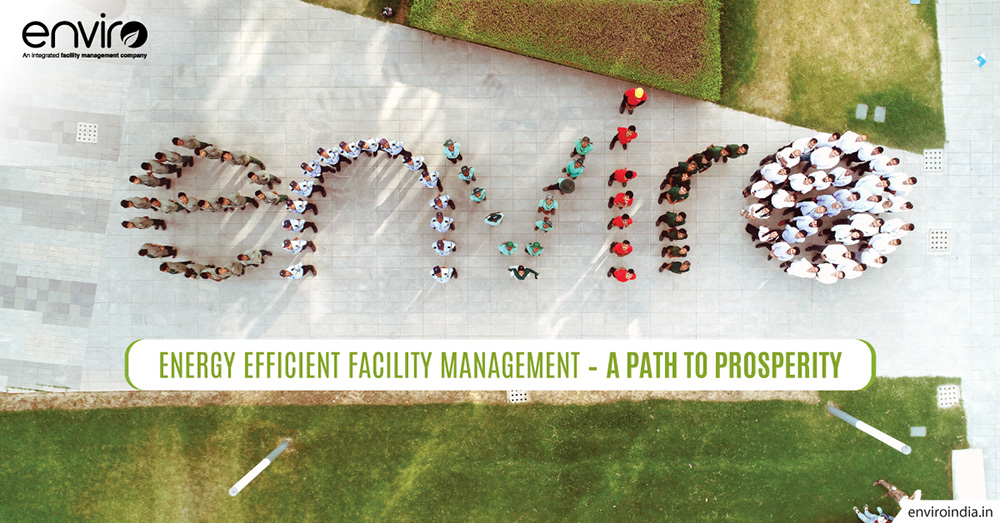As organizations are focused on the ways to reduce operations cost, Energy usage is a big constituent in this. For energy optimization and reduction, clients are relying more on Facility Management companies to offer input and leadership on how to increase energy efficiency. Facility Manager plays a major role to actively manage energy consumption by reducing the carbon footprint of the organizations and the energy bill. They are primarily focusing on the operations and maintenance aspects of facility energy management and its correlation with energy sustainability.
Facility Management for Energy Efficiency
There are various ways an organization can reduce its carbon footprint and one of the most effective ways for doing so is via an Energy audit and Energy consumption mapping across assets. Facility Management steps in to ensure that building and its operations are running efficiently. Measuring and reducing energy usage can lead to enormous cost savings and reduce the impact of energy price hikes. Implementing technologies such as energy-efficient lighting and HVAC equipment has helped facility managers to reduce energy consumption and costs incurred. Facility Managers can implement the following strategies to increase the energy efficiency of their buildings:
1. Lighting
The more energy an organization uses, the more money it spends on electricity. LED lights, motion sensors and smart heating systems can make a huge difference ensuring that the business uses the energy only when it is actually required. Facility Managers can integrate energy conserving technologies such as occupancy sensors which is one of the ways to reduce the cost of lighting as they turn lighting on automatically when they determine movement and off when the area is vacated. Parking lot poll lights can be equipped with photocells or motion sensors. Replacing incandescent bulbs with LED lighting can reduce energy consumption by 75%.
2. HVAC
Facility Managers can reduce energy waste by effectively controlling the HVAC. Heating, cooling and lighting based on occupancy rather than the time of the day can drastically reduce energy waste and reliance on manual intervention. Inefficient HVAC and lighting wastes significant amount of money and energy so installing responsive systems can prove beneficial for the organization.
3. Renewable Energy
Facility Managers seek towards ensuring that buildings have a greatly reduced or even neutral impact on the environment and hence they are moving towards using more renewable sources of energy. By upgrading the facility lights to LED and by installing solar panels, facility managers can offset the increase in facility costs. Solar power is a natural progression to increase the energy efficiency and decrease environmental footprint.
4. Proactive Maintenance
Usually, organizations fix problems when they occur within the facility. A dedicated Facility Management program can help them prevent such issues in the first place. Consistent preventive maintenance of HVAC units, air purifiers etc. can assist in identifying energy leakages. Regular checks can provide insight into when the repair or replacement is needed in order to keep them functioning efficiently.
Conclusion
Indian has been one of the earliest adopters of green energy. Energy efficiency is overwhelming the main focus area for facility managers now-a-days. Improving the sustainability and energy efficiency of the business is a guaranteed route towards success. A facility management team can help the organization ensure a connected, automated, straightforward maintenance and management of the facility. With the help of these green initiatives, organizations can reduce cost, carbon emissions and move towards sustainable, green and energy efficient future.





 WhatsApp Business +91 88000 09776
WhatsApp Business +91 88000 09776
 CSC
CSC  WhatsApp Business
WhatsApp Business 